L'IMPATTO DELLE INFRASTRUTTURE LINEARI SULLA BIODIVERSITÀ
Oltre alla mortalità diretta sulle strade, tutte le specie target sono influenzate in una maniera o in un’altra dal problema dell’aumento del traffico veicolare e dalla presenza delle infrastrutture viarie. Per alcune specie come l’orso in Italia e in Grecia, la presenza delle strade rappresenta un problema principalmente come causa di frammentazione dell’habitat, mentre in Spagna gli investimenti stradali costituiscono la causa principale della mortalità della lince iberica
E’ stato stimato che in Italia in ogni provincia almeno 15.000 animali vengano uccisi ogni anno sulle strade, quindi circa 1,5 milioni di animali/anno in tutto il paese. In ogni caso, questo dato è puramente indicativo perché il fenomeno non viene ancora monitorato in maniera accurate e sistematica.
Inoltre in Abruzzo le strade rappresentano un’importante causa della frammentazione dell’habitat per l’orso bruno marsicano. Uno dei problemi principali per la conservazione di questa specie, come affermato nel PATOM (Piano d'Azione nazionale per la tutela dell'orso bruno Marsicano), è la colonizzazione di altri territori, processo che è seriamente ostacolato dalla presenza di strade, autostrade e altre infrastrutture che attraversano i corridoi che potrebbero essere utilizzati dalla specie. Una delle barriere principali è costituita dalla strada statale SS17 (Sulmona-Roccaraso) che attraversa l’area compresa tra il PNALM e il PNM.
In Spagna non sono disponibili statistiche ufficiali, ma in uno studio pubblicato nel 2015 da Antonio Sáez-de-Santa-María and Jose L. Tellería sulla rivista scientifica “European Journal of Wildlife Research” viene stimato che nel periodo compreso tra il 2006 e il 2012 in questo paese si siano verificati74.600 incidenti stradali con la fauna selvatica, con una media di 10.657 incidenti per anno.
In Grecia ad eccezione del database della società EGNATIA ODOS SA relativo alle tratte autostradali di loro competenza, non ci sono dati disponibili per l’intero territorio nazionale. Nel periodo 2015-2016 questa società ha registrato sul tratto autostradale di sua competenza 282 incidenti con animali selvatici e 235 con animali domestici.
L’autostrada ha inoltre un impatto negativo sulla popolazione dell’orso perché separa due territori montani che sono occupati dalla specie, e quindi rappresenta un ostacolo al movimento degli animali.
I dati derivanti da 19 orsi muniti da radiocollare (58378 radiolocalizzazioni, nell’ambito del progetto LIFE ARCKAS-LIFE09NAT/GR/000333) hanno dimostrato che l’installazione delle recinzioni sull’autostrada (per prevenire la mortalità degli animali) hanno influenzato gli spostamenti degli orsi. In particolare, dopo l’installazione della recinzione, l’area centrale di attività degli animali si è spostata a una distanza maggiore dall’autostrada.
In Romania non esiste un database nazionale relativo agli incidenti stradali con gli animali selvatici, per cui non ci sono informazioni accurate su questo fenomeno.
Per i prossimi 10 anni si prevede la costruzione di una nuova autostrada nell’area di progetto, la quale, insieme alle strade adiacenti e alla ferrovia che attraversa l’area, potrebbe avere un forte impatto negativo sulla connettività dell’habitat della popolazione di orso in questo paese.
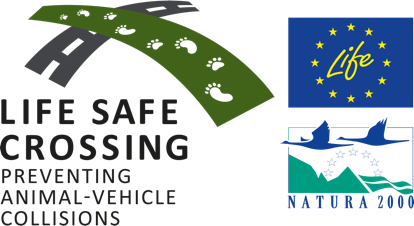

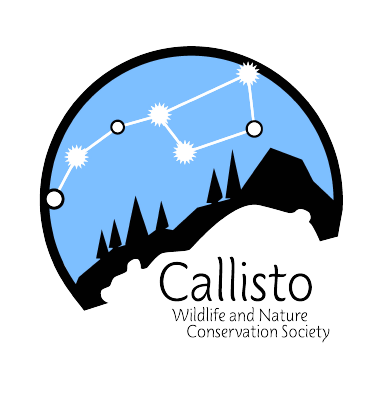


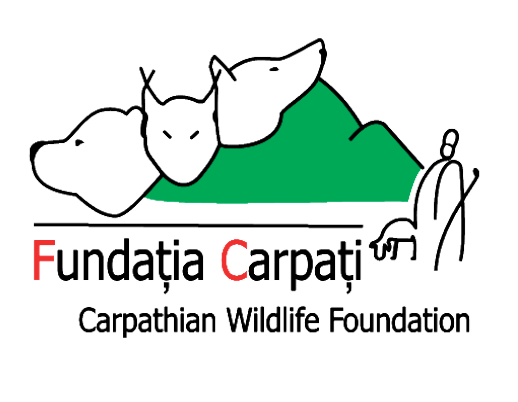





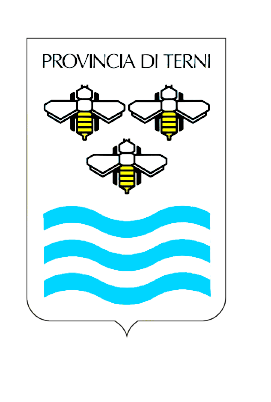
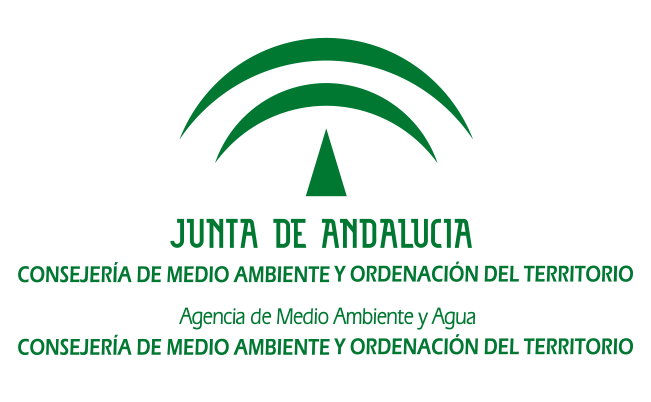
 The project is partially co-funded
The project is partially co-funded